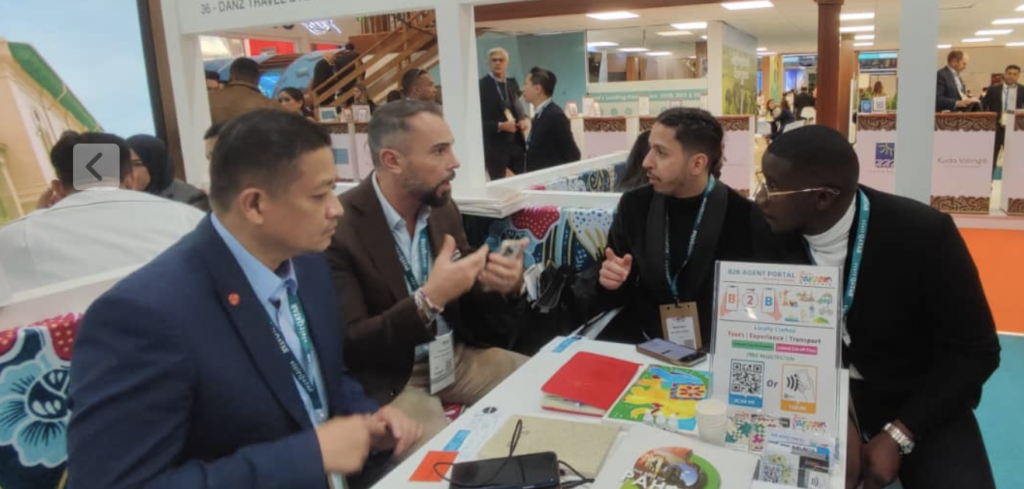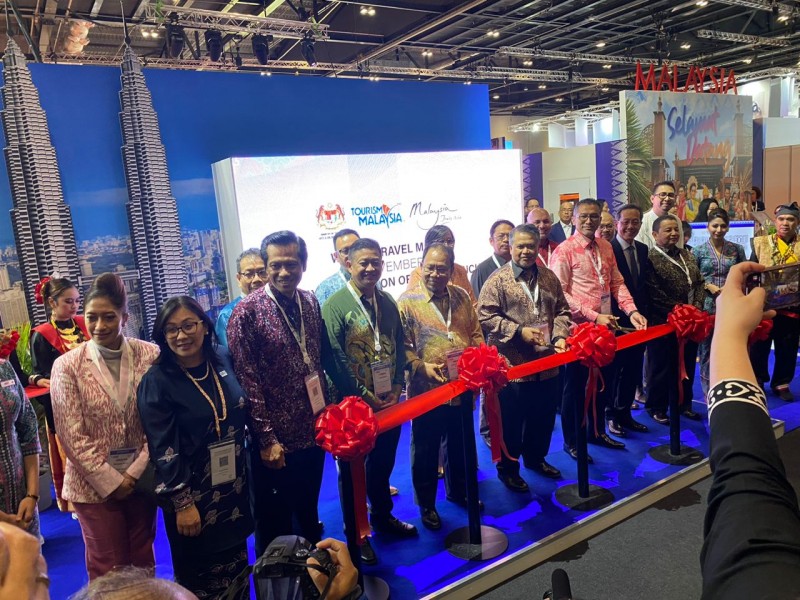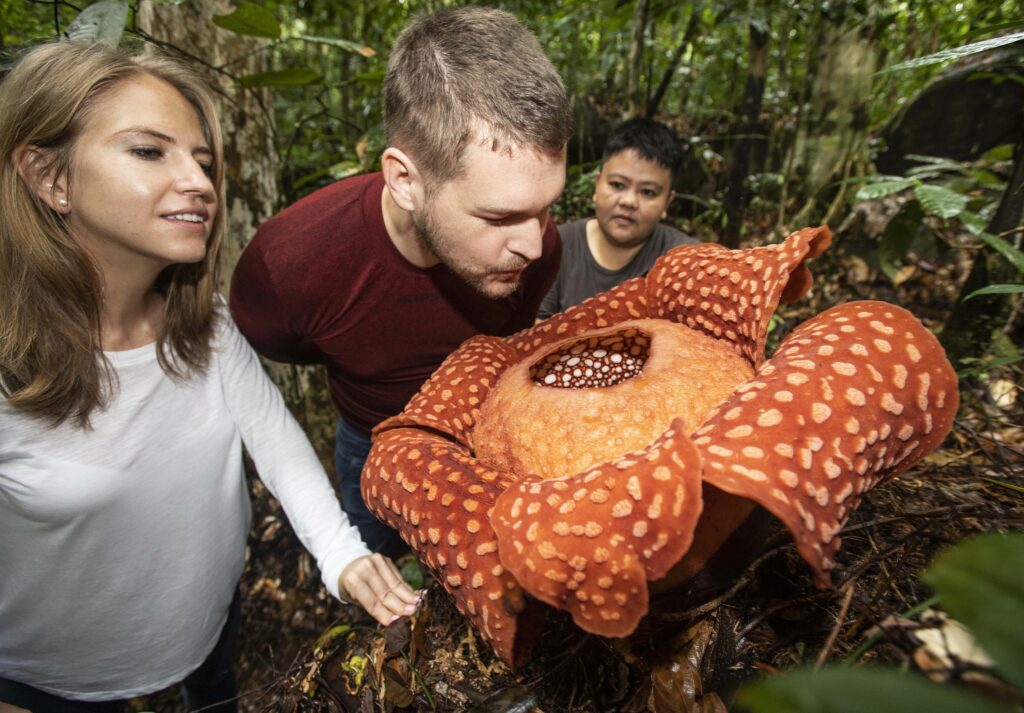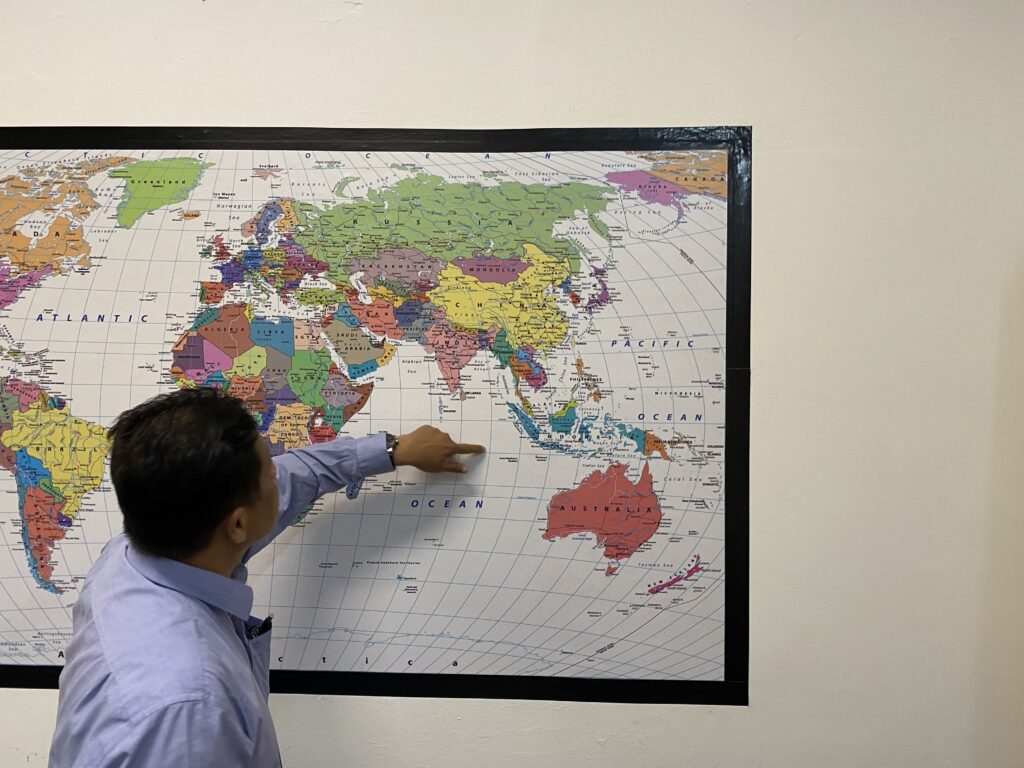Exploring New Inbound Traveler Segments: The Potential for Malaysia
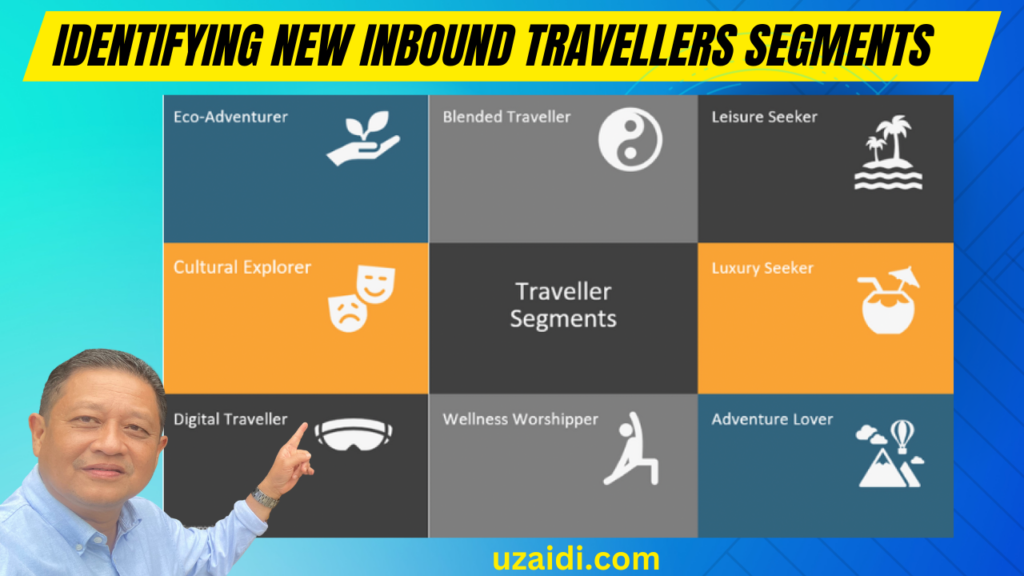
In recent years, the travel landscape has witnessed a transformation with the emergence of diverse traveler segments, each seeking unique experiences and adventures. Malaysia, with its rich cultural tapestry, diverse landscapes, and warm hospitality, stands poised to attract and cater to these evolving preferences.
Eco Adventurers:
- Profile: Nature enthusiasts seeking sustainable and eco-friendly experiences.
- Potential in Malaysia: Malaysia’s lush rainforests, marine biodiversity, and commitment to eco-tourism initiatives make it a haven for eco adventurers. From the pristine beaches of Langkawi to the dense jungles of Borneo, Malaysia offers a green escape.
Blended Traveler:
- Profile: Travelers seeking a mix of work, leisure, and cultural experiences.
- Potential in Malaysia: With a well-connected digital infrastructure, Malaysia is an ideal destination for blended travelers. Kuala Lumpur’s modern amenities complemented by historical sites and vibrant street life offer a seamless blend of work and play.
Leisure Seeker:
- Profile: Individuals looking for relaxation and tranquility.
- Potential in Malaysia: Malaysia’s resorts, spa retreats, and serene islands provide the perfect setting for leisure seekers. From the idyllic beaches of Tioman to the highland retreats of Cameron Highlands, Malaysia offers diverse options for relaxation.
Cultural Explorer:
- Profile: Travelers interested in immersing themselves in local cultures.
- Potential in Malaysia: With a melting pot of cultures, Malaysia is a cultural haven. From the vibrant street art of Penang to the traditional villages of Sarawak, cultural explorers can delve into Malaysia’s rich heritage.
Luxury Seeker:
- Profile: Those seeking opulent experiences and personalized service.
- Potential in Malaysia: Malaysia boasts luxurious accommodations, upscale shopping, and gourmet dining. Kuala Lumpur’s skyline offers high-end experiences, while private resorts in Langkawi provide exclusive retreats for luxury seekers.
Digital Traveler:
- Profile: Tech-savvy travelers using digital platforms for seamless travel experiences.
- Potential in Malaysia: Malaysia’s advanced digital infrastructure, e-services, and smart cities cater to the needs of digital travelers. From app-based transportation to smart hotels, Malaysia ensures a connected experience.
Wellness Worshipper:
- Profile: Individuals focused on well-being, fitness, and holistic experiences.
- Potential in Malaysia: Malaysia’s wellness retreats, hot springs, and spa resorts cater to the growing trend of wellness tourism. The natural beauty of places like the Perhentian Islands enhances the wellness experience.
Adventure Lover:
- Profile: Thrill-seekers looking for adrenaline-pumping activities.
- Potential in Malaysia: With its diverse landscapes, Malaysia offers a range of adventure activities. From jungle trekking in Taman Negara to water sports in Sabah, adventure lovers can find excitement in Malaysia.
Malaysia’s allure lies in its ability to cater to a wide array of traveler segments. The country’s commitment to sustainability, technological advancements, cultural richness, and diverse landscapes positions it as a holistic destination, ready to welcome the new generation of inbound travelers seeking unique and fulfilling experiences.

